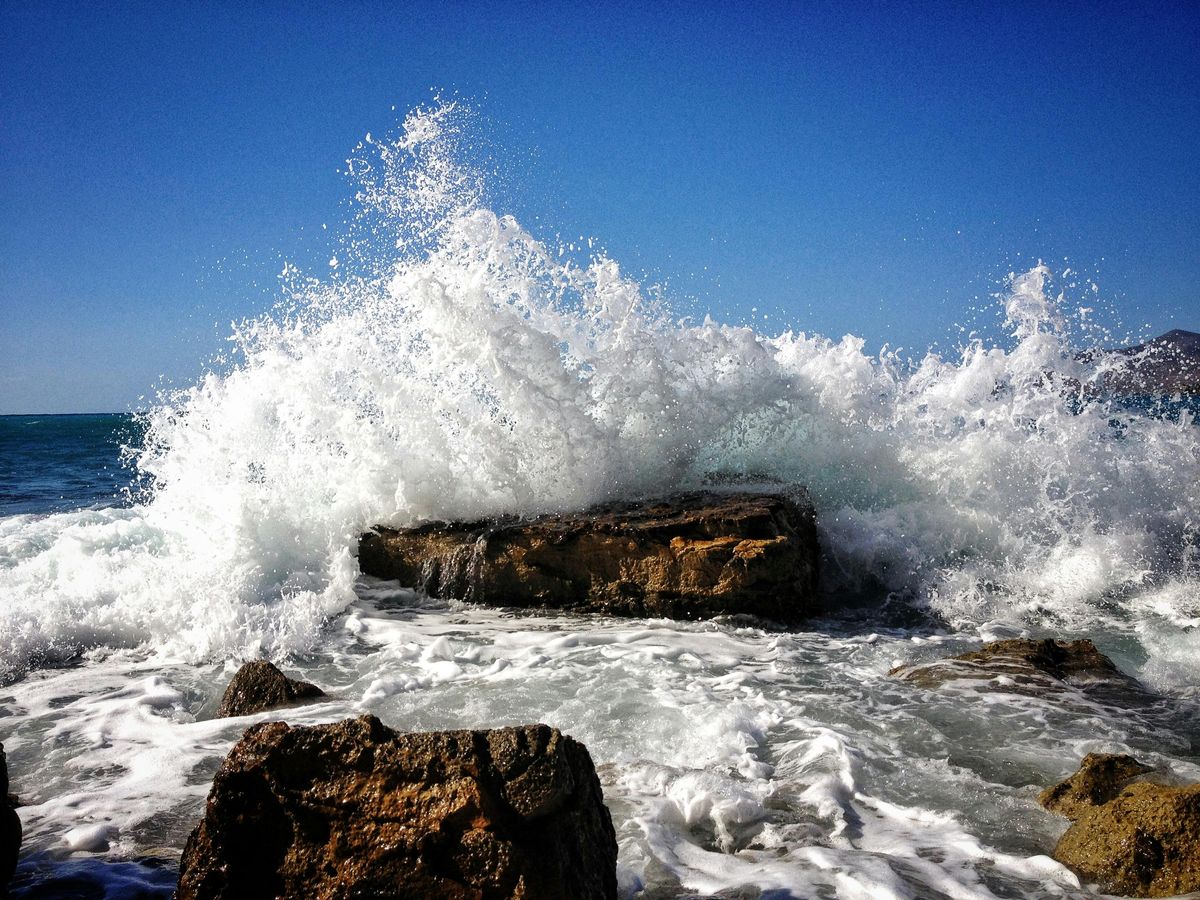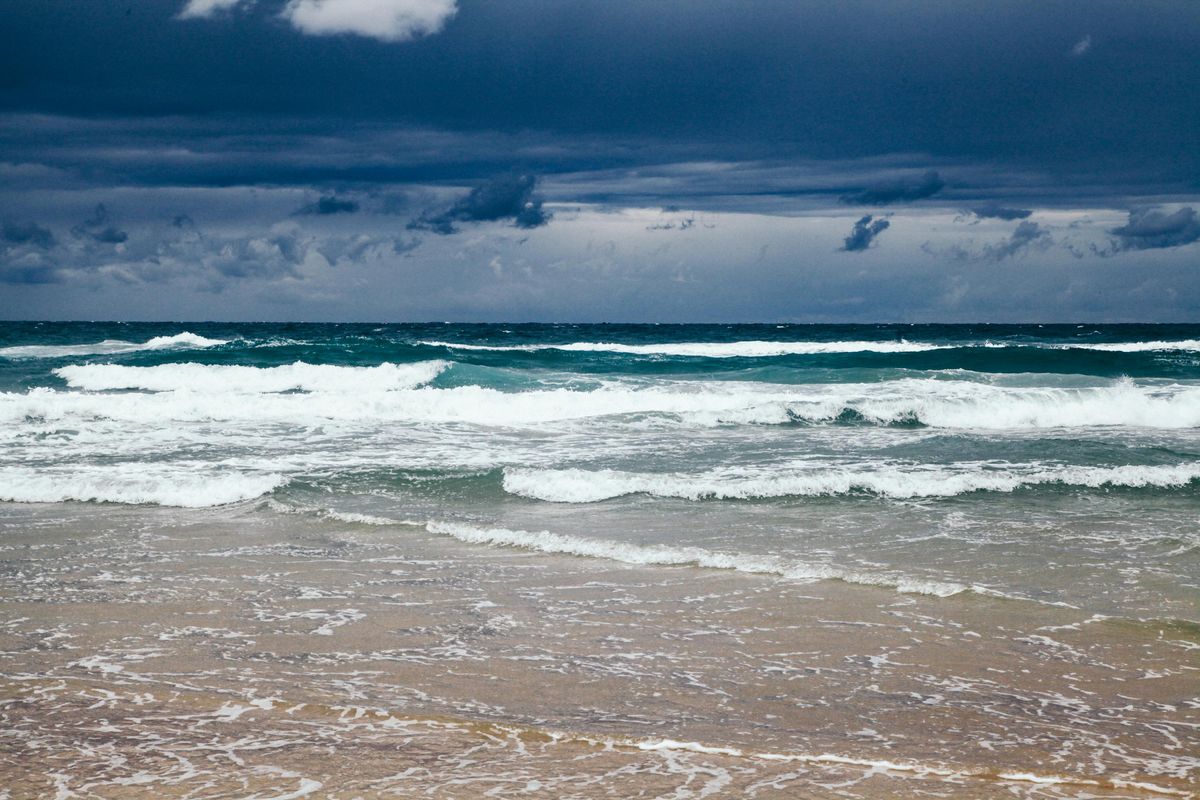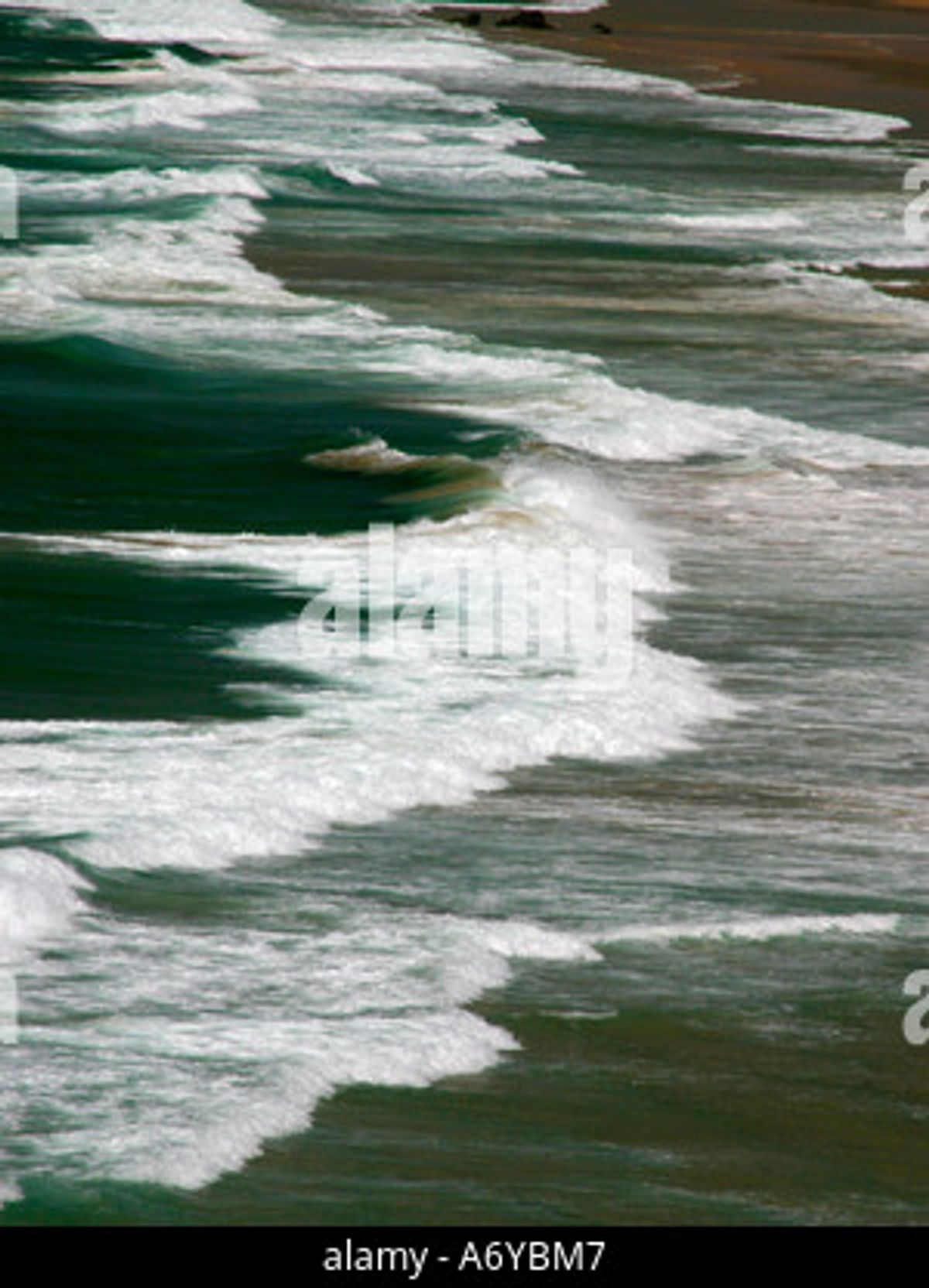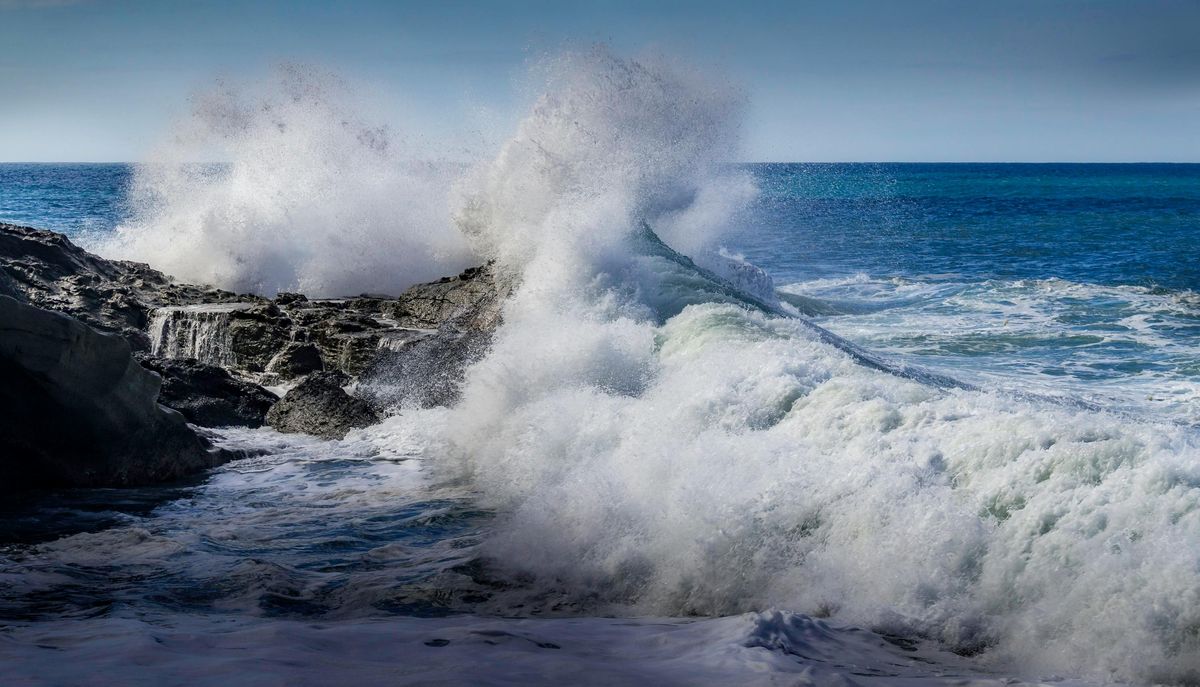The article ‘Fluid Tunes: A Deep Dive into Songs About Water’ explores the profound influence of water on the art of songwriting. From the gentle flow of melodies to the symbolic depth of lyrics, water serves as a muse for musicians crafting their auditory masterpieces. This deep dive will uncover the essence of water in songwriting, the harmonic inspiration it provides, the rich symbolism it imbues in lyrics, and the intimate conversations between songwriters and the sea.
Key Takeaways
- Songs like ‘Settle Like A Pebble’ and ‘What Would It Take’ use water as a metaphor to evoke emotions and facilitate a meditative experience, highlighting the calming and therapeutic qualities of water in music.
- Kate Valentine’s songwriting captures the dual nature of water, embodying both movement and stillness, illustrating how water can represent life’s dynamic range from acceptance to conviction.
- The concept of layering voices to mimic the movement of waves, as discussed in ‘Vocal River’ by Rhiannon, showcases innovative vocal arrangements inspired by the fluidity of water.
- Water-themed songs often balance the contrast between turbulence and tranquility, mirroring the human emotional spectrum and offering a deeper understanding of our inner landscapes.
- Songwriters like Laura Walker engage with water not only as a theme but as a sensory experience, using it to craft mindful musical meditations that encourage listeners to connect with the ‘sea within’.
Rippling Melodies: The Essence of Water in Songwriting

The Lyrical Flow of ‘Settle Like A Pebble’
In the gentle currents of Laura Walker’s Settle Like A Pebble, listeners find themselves immersed in a serene musical journey. The song’s repetitive mantra, ‘Settle, settle like a pebble,’ invites us to embrace the stillness and simplicity of a pebble resting at the riverbed. It’s a call to release the chaos of daily life and find solace in the rhythm of nature.
- The lyrics encourage a sense of release, urging us to ‘drift like a feather on a stream.’
- There’s an invitation to ‘travel with the flow’ and discover the freedom in letting go.
- The song culminates in the soothing directive to ‘close your eyes and be,’ a moment of pure mindfulness.
Walker’s music not only provides a psyche rinse but also serves as a reminder that tranquility can be achieved by simply allowing ourselves to be washed clean by the water’s flow. The song is a gentle nudge to slow down, breathe, and reconnect with the elemental forces that surround us.
The water flow will wash you clean.
Whether through her music or her Marnie Bee Mindful YouTube channel, Laura Walker offers a sanctuary for those seeking a moment of peace in a turbulent world. ‘Settle Like A Pebble’ is more than a song; it’s a meditative experience that echoes the calm of a pebble and the lightness of a feather, guiding us towards a state of gentle release and stillness.
Kate Valentine’s Oceanic Harmony
When you dive into Kate Valentine’s music, you’re immediately enveloped by a wave of harmony that’s as vast and deep as the ocean itself. Her melodies seem to ebb and flow with the tide, creating a soundscape that’s both tranquil and invigorating.
- The use of layered vocals mimics the overlapping waves, each one adding depth and texture.
- Subtle shifts in tempo and key reflect the unpredictable nature of the sea.
- Valentine’s choice of instruments, like the echoing piano and the soft strum of a guitar, serve as the perfect backdrop for her water-themed lyrics.
In her songs, the ocean isn’t just a setting; it’s a character with its own rhythm and soul.
Whether it’s the gentle lull of ‘Atlantis Reborn‘ or the reflective tranquility of ‘Ray of Light’, Valentine’s music is a testament to the profound influence that water can have on songwriting. It’s as if each track is a conversation with the sea, one that we’re all invited to join in on.
Meg O’Dell Chittenden’s ‘What Would It Take’ and the Sea of Emotions
Meg O’Dell Chittenden’s track ‘What Would It Take’ is a heartfelt invitation to embrace life’s ebb and flow. The song’s lyrics paint a vivid picture of the emotional tides we all navigate, with lines like "Beneath these waves of joy and grief and woe, the sea moves deep and slow." It’s a musical journey that encourages listeners to dive deep into their own sea of emotions and find peace within.
- The song’s opening lines set the stage for introspection and connection.
- Its chorus is a gentle reminder to let go and trust the natural currents of life.
- The bridge offers a moment of reflection, mirroring the stillness found in the depths of the ocean.
The sea moves deep and slow
This simple yet profound phrase encapsulates the essence of the song. It’s a mantra for those moments when life’s waves threaten to overwhelm us. Meg’s soothing melodies and the song’s tranquil harmonies act as a buoy, keeping us afloat amidst the sea of emotions.
The Ebb and Flow of Harmony: How Water Inspires Vocal Arrangements

The Dynamic Movement in Harmonies
When we talk about the dynamic movement in harmonies, we’re diving into the fluidity of voices blending together, much like the intertwining currents of a river. It’s about how each vocal line moves independently, yet when combined, they create a powerful force that can ebb and flow with the emotion of the song.
- Start with a solid foundation: a clear understanding of the time signature and key.
- Layer the voices: begin with the main melody and then add harmonies one by one.
- Experiment with tempo: teach the parts at a slower pace, then bring them together faster for a different feel.
The beauty of harmony lies in its complexity and its simplicity; it’s the chromatic notes that bring a lively edge to a song, and the way multiple layers can harmonize to add depth.
Remember, it’s not just about the notes themselves, but the spaces between them. The silence can be just as expressive as the sound, creating a balance that reflects the stillness and the storm in every tune.
Layering Voices Like Waves: Techniques from ‘Vocal River’
When it comes to crafting a song that embodies the fluidity of water, layering voices is akin to the overlapping ripples on a pond’s surface. Each voice can represent a unique current, coming together to form a harmonious cascade of sound. Here’s how you can create that effect:
- Start with a solid foundation, a melody that flows naturally.
- Gradually introduce additional vocal lines, each one slightly offset to mimic the way waves build upon each other.
- Pay attention to the dynamics; allow some voices to surge forward while others recede, creating a sense of depth and movement.
Embrace the imperfections of the human voice. Just as no two waves are identical, each vocal layer should carry its own character, complete with the natural variations and textures that make live performances so captivating.
Remember, the goal isn’t to achieve a polished, flawless sound but to evoke the organic, ever-changing essence of water. By allowing each voice to ebb and flow within the arrangement, you create a living, breathing piece of music that resonates with the unpredictability and beauty of the sea.
The Interplay of Melody and Stillness in Water-Themed Songs
In the realm of water-themed songs, the interplay between melody and stillness plays a crucial role in conveying the essence of water. It’s a delicate balance, akin to the gentle lapping of waves against the shore, where the melody represents the dynamic flow of water, and the stillness echoes the tranquil depths beneath.
- The melody often mimics the fluidity of water, with notes that cascade and flow seamlessly into one another.
- Moments of stillness are interspersed, providing a contrast that can evoke the serene surface of a still pond or the hush of a snow-covered landscape.
The song opens with a rhythmic foundation, a pulsating bassline that hits you with a steady, almost hypnotic groove. A crisp snare interjects, adding a touch of dynamism.
This musical approach can be deeply meditative, inviting listeners to a space of reflection and introspection. It’s not just about the notes played, but also about the spaces between them, where the silence speaks volumes.
Diving into the Deep: Unpacking the Symbolism of Water in Lyrics

Water as a Metaphor for Life’s Journey
Dive into the essence of life’s journey, and you’ll often find water at its core. It’s no surprise that songwriters frequently turn to this fluid symbol to convey the ebbs and flows of human experience. From the gentle trickle of new beginnings to the raging torrents of life’s challenges, water mirrors our own paths in uncanny ways.
- Sustenance and survival, much like the water we drink to sustain our bodies.
- Intuition and the depths of our subconscious, akin to the mysterious ocean depths.
- Trust in the journey, as a river trusts the path it carves through the landscape.
- Light-heartedness, the joy of splashing through life’s puddles with abandon.
Embracing the fluidity of life, we learn to navigate its currents with grace, sometimes floating atop its surface, other times diving deep to explore what lies beneath.
The metaphor extends to our personal growth as well. Just as water can carve through stone given time, our experiences shape us, leaving a lasting impression. We are, after all, bodies of water, constantly moving and being moved by the world around us.
Exploring the Depths: Emotional Resonance in Water Imagery
Water, in its vastness and depth, often mirrors the complexities of our emotions. It’s no wonder songwriters frequently dive into aquatic metaphors to express feelings that are too intricate for plain words. The ebb and flow of tides, the tranquility of a still pond, or the turbulence of a stormy sea – each paints a vivid picture of our inner experiences.
- The depth of the ocean can symbolize the profoundness of our thoughts and feelings.
- A calm water surface might reflect a state of peace or clarity.
- Conversely, turbulent waters often represent chaos or emotional upheaval.
By tapping into the universal connection we have with water, songwriters create a resonance that feels both personal and expansive. This connection invites listeners to explore their own emotional depths, as if the music itself were a vessel navigating through the waters of the soul.
The significance of water imagery in songwriting is not just about the metaphors; it’s about the emotional journey it takes us on. Just like the song ‘Watergun’ by Hovvdy, where the reminder that companionship during tough times is akin to a life raft on tumultuous seas, these songs become a soundtrack to our most reflective moments.
The Contrast of Turbulence and Tranquility in Song Lyrics
In the realm of music, water often serves as a powerful symbol, mirroring the ebb and flow of human emotions. Artists frequently harness this duality to craft songs that resonate on a deeper level, oscillating between the chaos of life’s storms and the peace found in moments of stillness.
- The turbulence of a storm can be felt in the crescendo of a chorus, the intensity of a guitar riff, or the rapid-fire delivery of lyrics.
- Conversely, tranquility emerges in the gentle strumming of an acoustic guitar, the soft hum of a synthesizer, or the soothing harmony of voices.
The beauty of these songs lies in their ability to transport us. They create a space where we can experience the full spectrum of our emotions, from the whirlwind of anxiety to the serene embrace of calm.
Whether it’s the reflective pause in a bridge or the cathartic release in a final verse, these water-themed songs invite listeners to navigate their own inner seas. They remind us that, much like the ocean, our feelings can be both tumultuous and tender, often within the same melody.
The Currents of Creativity: Songwriters’ Conversations with the Sea

Kate Valentine’s Songwriting Voyage
Kate Valentine’s journey into songwriting is as captivating as her melodies. Starting as a registered nurse, she founded Singing Mamas, a non-profit aimed at nurturing maternal well-being through singing. Despite the challenges of being a single mum and working night shifts, Kate’s passion for music and helping others fueled her mission. Her songwriting reflects this blend of care and creativity, with lyrics that resonate deeply with listeners.
- Her songs often feature a dynamic interplay between motion and stillness, much like the ebb and flow of the ocean.
- Kate’s ability to convey acceptance and conviction through her music is a testament to her skill as a songwriter.
In her own words, the tide of her creativity is always turning, bringing forth songs that carry both the weight of experience and the lightness of hope.
Next week, we’ll dive deeper as Kate shares the inspiration behind her songs and the journey that led her to embrace music as a form of expression. Stay tuned for a conversation that promises to be as enlightening as her harmonies.
Laura Walker’s Mindful Musical Meditations
Laura Walker’s journey into songwriting is as tranquil as the melodies she creates. With a focus on mindfulness, her songs are short, sweet, and serve as gentle reminders for self-care. Here’s a glimpse into her creative process:
- Laura began writing songs as a personal outlet and a mnemonic device for self-kindness.
- Her Marnie Bee Mindful YouTube channel pairs these tunes with stop-action videos, creating a meditative experience.
- The song "Settle Like A Pebble" epitomizes her approach, encouraging listeners to find peace and let go of daily stresses.
Laura’s music is not just about the notes and lyrics; it’s an invitation to slow down, breathe, and immerse oneself in a moment of serenity.
Whether it’s through her visual storytelling or the soothing cadence of her music, Laura Walker invites us to exchange the chaos of life for a moment of calm. Her work reminds us that sometimes, all we need is to close our eyes, imagine a tranquil space, and allow our thoughts to drift like a feather.
The Influence of Natural Water Bodies on Musical Composition
The connection between musicians and the natural world often runs as deep as the ocean itself. For many songwriters, the presence of water bodies like lakes, rivers, and seas is more than just a backdrop for their melodies; it’s a source of inspiration that flows into the very heart of their compositions.
- The rhythmic lapping of waves can translate into a pulsating beat.
- The vastness of the ocean might be mirrored in expansive, ambient soundscapes.
- A babbling brook could inspire a series of delicate, high-pitched notes.
In the dance of composition, water is not just a muse; it’s a partner that guides the music, shaping its form and essence.
Artists often speak of ‘moving with water,’ allowing the fluidity of their thoughts and emotions to merge with the music they create. This synergy can lead to pieces that are both grounded in the earth’s natural rhythms and soaring with the freedom of the skies above.
Frequently Asked Questions
What is the significance of the song ‘Settle Like A Pebble’ in relation to water and songwriting?
The song ‘Settle Like A Pebble’ uses water imagery to evoke a sense of calm and release. The lyrics suggest a psychological cleansing, as if the act of singing the song helps to loosen and ease the mind, similar to how a pebble settles smoothly in a riverbed.
How does water inspire vocal arrangements in music?
Water inspires vocal arrangements by influencing the dynamic movement and layering of harmonies. Techniques can include creating wave-like patterns in the voices and incorporating the natural ebb and flow of water into the rhythm and pacing of the song.
Can you explain the symbolism of water in song lyrics?
Water often symbolizes life’s journey, reflecting the emotional depths, the turbulence, and the tranquility we experience. It can represent change, growth, and the subconscious, offering rich imagery for songwriters to explore complex feelings.
What is the connection between natural water bodies and musical composition?
Natural water bodies can profoundly influence musical composition by providing a sensory experience that composers translate into sound. The rhythms, sounds, and visual aspects of water can inspire melodies, harmonies, and the overall mood of a piece.
How does Kate Valentine’s songwriting process intertwine with themes of water?
Kate Valentine’s songwriting process involves capturing the movement and stillness of water, as seen in her song that conveys both motion and tranquility. Her conversation with the sea allows her to create music that carries acceptance and conviction.
What is the role of breath and body awareness in songs about water?
Breath and body awareness play crucial roles in songs about water by allowing singers to embody the fluidity and movement of water. This can lead to a deeper connection with the song and a more expressive performance that mirrors the qualities of water.
